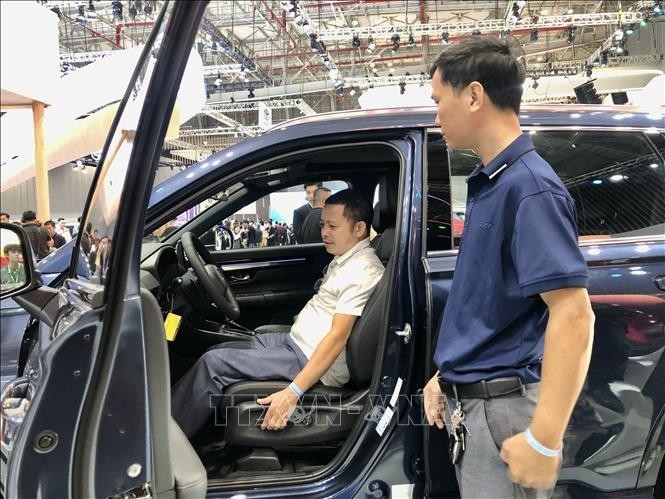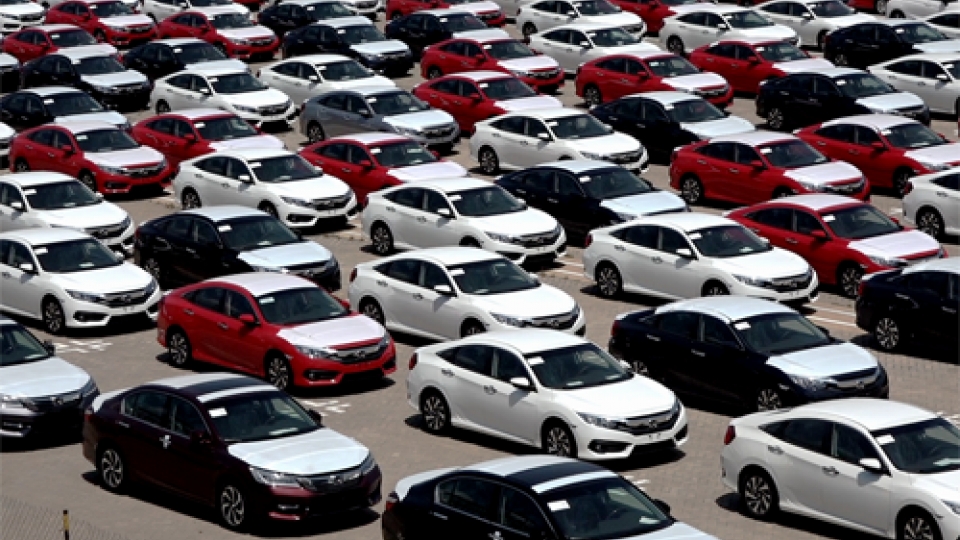Auto market recovery driven by fully-assembled imported vehicles
Imported cars outpaced domestically assembled ones in September, pushing the recovery of Vietnam’s automobile market, according to the Vietnam Automobile Manufacturers’ Association (VAMA).
VAMA reported that its members sold 30,688 vehicles of all types in September, up 18% from August but down 16% year on year. Notably, sales of completely built-up (CBU) imported cars surged 17%, in comparison to the 6% rise in domestically assembled Completely Knocked Down (CKD) vehicles, reflecting a strong consumer shift toward imported models.
Industry insiders viewed the growth as a sign that the auto sector is regaining momentum after a sluggish first half of the year, with consumer demand picking up ahead of the year-end shopping season.
Of the total sales, 20,559 were passenger cars (up 19%), 9,535 commercial vehicles (up 14%), and 594 special-purpose vehicles (up 97%) from the previous month.
In terms of origin, CBU vehicles rose 22% from August to 16,261 units, while CKD vehicles increased 14% to 14,427 units.
By the end of September, total VAMA sales reached 251,421 vehicles, up 11.5% year-on-year, including a 4% rise in passenger cars, 32% in commercial vehicles, and 70% in special-purpose vehicles.
Over the first nine months, imported vehicles recorded 131,503 units sold, up 17%, compared to 119,918 CKD units, up only 6%, marking a clear shift in consumer preference.
Experts attributed the gap between imported and locally assembled vehicles to three main factors.
First, import supply has fully recovered as global manufacturers restore logistics networks disrupted earlier this year.
Second, imported cars enjoy advantages in design and technology. They often feature more advanced safety systems and modern amenities, particularly in the SUV, hybrid, and electric segments — all highly favoured by young buyers and businesses.
Third, domestic assemblers face rising production costs due to expensive components, logistics, and labour, while the localisation rate remains low, at about 10–15% for under-nine-seat passenger cars.
Despite the government's efforts to promote supporting industries, slow progress has kept local production costs higher than imports from Thailand and Indonesia, which benefit from 0% import tariffs under the ATIGA agreement.
Experts also noted that the September upturn was fuelled by stronger consumer demand ahead of the Lunar New Year, as dealerships launched promotions, interest rate discounts, and registration fee support.
In addition, lower auto loan rates from commercial banks have improved credit access, especially for individual and small business buyers, while abundant supply and new model launches have further stimulated purchasing sentiment.




